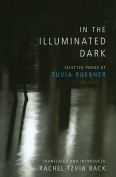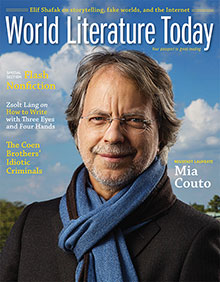A Million Windows by Gerald Murnane
Artarmon, New South Wales. Giramondo. 2014. ISBN 9781922146533
 A Million Windows is whimsical fiction, nearly satirical. In its delivery of a sustained monologue, the novel evokes Nabokov’s Humbert Humbert in Lolita (1955). One might even recognize in its author, Gerald Murnane, some choice words of John Lennard in Vladimir Nabokov: Lolita (2008). “Whether one considers [Nabokov] as an exile, litterateur, scientist, nostalgic, or self-reflexic and highly paradoxical artist, Nabokov induces delight, puzzlement, and indignation in equal measure.”
A Million Windows is whimsical fiction, nearly satirical. In its delivery of a sustained monologue, the novel evokes Nabokov’s Humbert Humbert in Lolita (1955). One might even recognize in its author, Gerald Murnane, some choice words of John Lennard in Vladimir Nabokov: Lolita (2008). “Whether one considers [Nabokov] as an exile, litterateur, scientist, nostalgic, or self-reflexic and highly paradoxical artist, Nabokov induces delight, puzzlement, and indignation in equal measure.”
Murnane’s novel lends itself to a certain peculiarity, fitting the genre’s description only in being a book-length work of fictitious prose that encloses characters, actions, and some realism. The realism loses and finds itself in the narrator’s play with trust and mistrust in the writerly/readerly relationship. The work includes vignettes on the techniques of fiction writing, impish in its rundown to the reader of authorly ploys such as point of view, withholding information, or use of present tense.
Academics and readers exposed to metafiction, a form of postmodern writing that gained popularity in the 1980s and ’90s, may welcome A Million Windows with certain interest, recognizing in it the reflexive, self-conscious narrative that interrupts the reader’s consciousness with the author’s thoughts: “I react in the presence of a narrator who I suspect of being unreliable or when confronted by one of those curious texts sometimes published as fiction but having the appearance of diary-entries. . . . I have no answer for the discerning reader, but I can state for his or her benefit that I decline to read any piece of fiction if I suspect the author of believing that fiction is mere artifice and that the reader of fiction has no more urgent need than to be diverted or teased. (Even the discerning reader should have learned from the previous sentence that the narrator of this present work of fiction is to be trusted.)”
It is stable if you approach it with an open mind and predisposition to reflexive reading; unstable if—where the narrator invites you into his thoughts—you allow it to conflict and exasperate you. Murnane shrewdly counters wordiness and repetition with delicious phrasings such as “dazzling points of light on a distant hillside” and “when the common-room was suddenly in gloom after the last shafts of sunlight had passed from the nearby panes.”
In its incongruity, as the narrator addresses the discerning and undiscerning reader, the work tilts the balance of normative reading. It compels the reader to question the relationship between fiction and reality, the visible and invisible world, probing the rapport between the author-as-narrator and the reader-as-partner in literary discourse. If I were to contemplate its adaptation into film, I see a Woody Allen sort, the love-it-or-loathe-it kind.
Eugen Bacon
Swinburne University of Technology



























